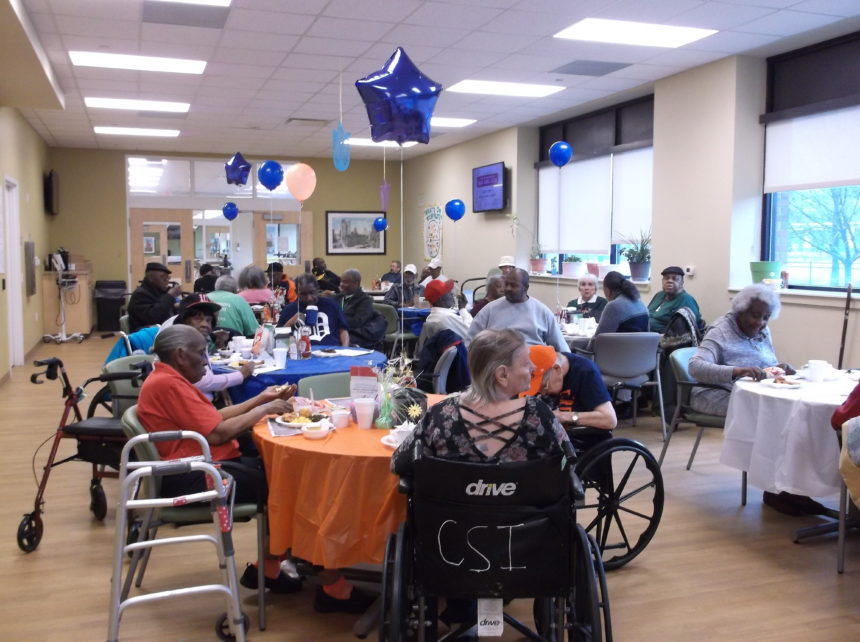
Programs of All-Inclusive Care for the Elderly (PACE) are enjoying a moment in the limelight, as the Biden administration and congressional Democrats push to expand home- and community-based services. But during a webinar Wednesday sponsored by the healthcare advocacy group Altarum, PACE administrators said accessibility and policy changes must be addressed in Washington, D.C., for the program to grow.
“I believe the pandemic taught people you can provide high-[need], high-quality care in the home, and the consumer is looking for that to happen,” Scott LaRue, president and CEO of NY-based ArchCare, said. “I think the pandemic accelerated that by at least 10 years.”
PACE is a Medicare and Medicaid-funded program that keeps people over age 55 — who need skilled nursing care — in their homes. The program provides medical care, therapy, meals and socialization at PACE centers. It is available in 31 states and serves approximately 55,000, but Altarum estimates between 10 and 12 million people over age 65 in need of long-term care services could benefit from PACE.
Move to broaden access
Making the program available to a broader population is crucial, according to LaRue. Currently, only dual-eligible Medicare and Medicaid beneficiaries can receive PACE services. Medicare enrollees who don’t qualify for Medicaid can pay for the program out of pocket, but it is expensive — costing between $900 and $1,1000 a month.
LaRue said ArchCare is currently nudging the Center for Medicare and Medicaid Innovation to approve a pilot program that would allow Medicare-eligible seniors to access the program.
“It shouldn’t be that people have to wait until they’ve spent down all of their assets or end up in an institution before they can benefit from the services of the PACE program and we’re hoping to advance that premise,” LaRue said.
Other PACE administrators are urging more innovation. During the pandemic most PACE programs were forced to close their centers and deliver care to clients in their homes.
Grace Li, executive director of San Francisco-based On Loc PACE, said the pandemic taught her that transporting frail seniors by bus to a center for activities and medical care isn’t always the best plan.
“The pandemic has pushed some of us to use telehealth more aggressively — even thinking about some of the activities for some of the seniors and future seniors who are now very adaptive to using technology,” Li said.
PACE programs also face other challenges, including a cumbersome application process and access to capital.
Poised for expansion
The program could expand through a handful of bills currently being floated in Washington. On Tuesday, Senate Democrats introduced a reconciliation bill that would include funding for home-and-community based services, such as PACE. In April, Sen. Bob Casey (D-PA) introduced the PACE Plus Act, which would fund new programs and expand existing ones.
“We’ve got a lot of work to do, but we have a great opportunity over the next two years to build on the great work of PACE and enhance and invest in home-and-community-based services,” Casey said in a taped message during the webinar.
Last spring, Denver-based InnovAge became publicly traded, so it could tap the capital markets in an effort to expand to more states from the five where it currently operates centers. InnovAge President and CEO Maureen Hewitt told McKnight’s Home Care Daily more states have recently been expressing interest in PACE. She thinks the attention the program is getting from Washington is part of the reason.
“I think from an awareness factor that alone is significant. Certainly, if there is enhanced Medicaid funding for home-and-community-based services or additional federal matches for the expansion of PACE, all of those things are really good,” Hewitt said.


